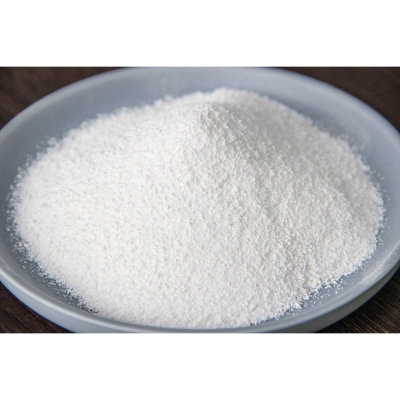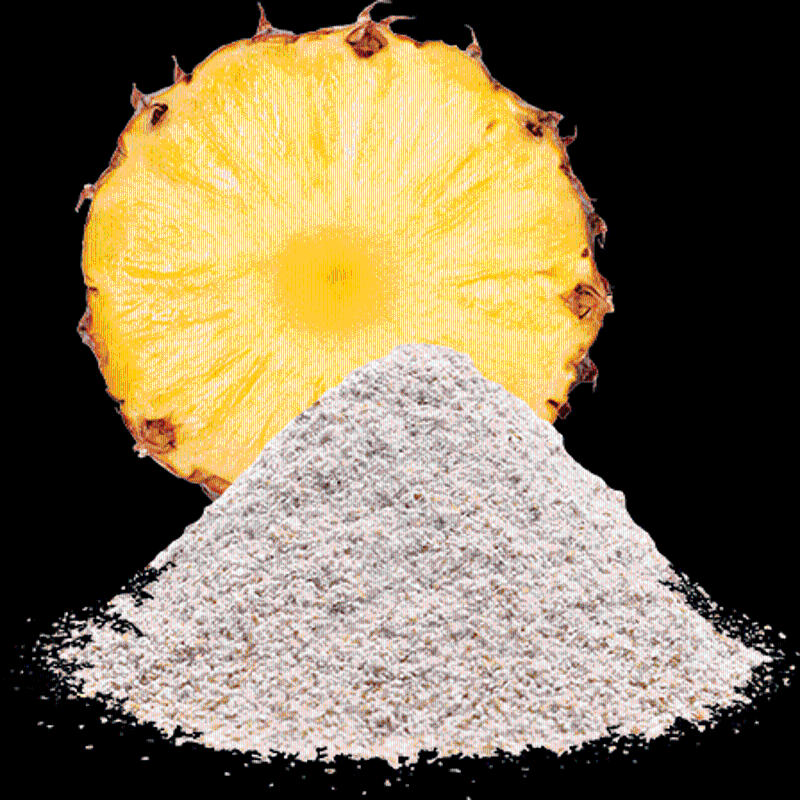-
Categories
-
Pharmaceutical Intermediates
-
Active Pharmaceutical Ingredients
-
Food Additives
- Industrial Coatings
- Agrochemicals
- Dyes and Pigments
- Surfactant
- Flavors and Fragrances
- Chemical Reagents
- Catalyst and Auxiliary
- Natural Products
- Inorganic Chemistry
-
Organic Chemistry
-
Biochemical Engineering
- Analytical Chemistry
-
Cosmetic Ingredient
- Water Treatment Chemical
-
Pharmaceutical Intermediates
Promotion
ECHEMI Mall
Wholesale
Weekly Price
Exhibition
News
-
Trade Service
Because it comes from nature and has safe, green and efficient antiseptic properties, natural preservatives are more widely used in food than chemically synthesized preservatives, and their importance is increasing day by day
plant preservatives
Plant preservatives are mostly derived from plant extracts, such as certain natural herbs and spices and plant essential oils
Plant extracts are usually obtained from the roots, stems, leaves, flowers, fruits, bark and other parts of plants.
Plant extracts are rich in natural antioxidants
Essential oils (EOs) are aromatic and volatile liquids obtained from natural herbs and spices, containing a large amount of secondary metabolites, which have the effect of delaying or inhibiting the growth of bacteria, yeasts and molds
animal preservatives
Animal preservatives refer to biologically active substances with antiseptic effect artificially extracted from some animals or their metabolites.
Enzymes exert antibacterial activity through many different mechanisms
Lysozyme is widely used in the preservation of meat, meat products, fish and their products, milk and dairy products, and fruits and vegetables, and can prevent food spoilage and fruit aging
Antimicrobial peptides (AMPS) have broad-spectrum antimicrobial activity against bacteria, fungi, protozoa, and certain viruses, and can be isolated from other organisms such as plants, insects, crustaceans, and marine organisms
Preservatives for microorganisms and their metabolites
Many compounds produced by bacteria prevent the growth of spoilage bacteria or pathogenic microorganisms in food
Lactic acid bacteria (LAB) in microorganisms have the ability to inhibit the growth of microorganisms and are good candidate strains
In addition, bacteriocins can be used in combination with other antibacterial compounds to enhance the inactivation of bacteria
In addition to existing natural herbal, animal or microbial additive ingredients, many more new natural food preservatives are yet to be discovered
(Lu Kuiying, Zhao Qiuxiang)
"China Food News" (February 14, 2022 06 edition)
(Editor-in-charge: Yang Xiaojing)







